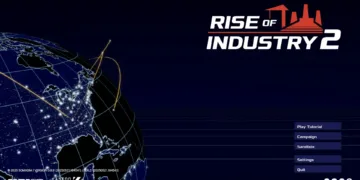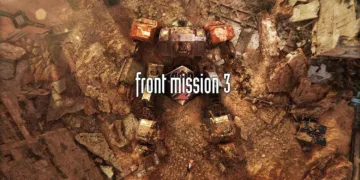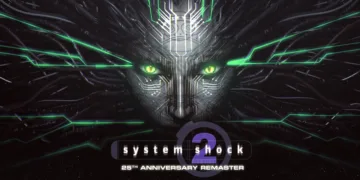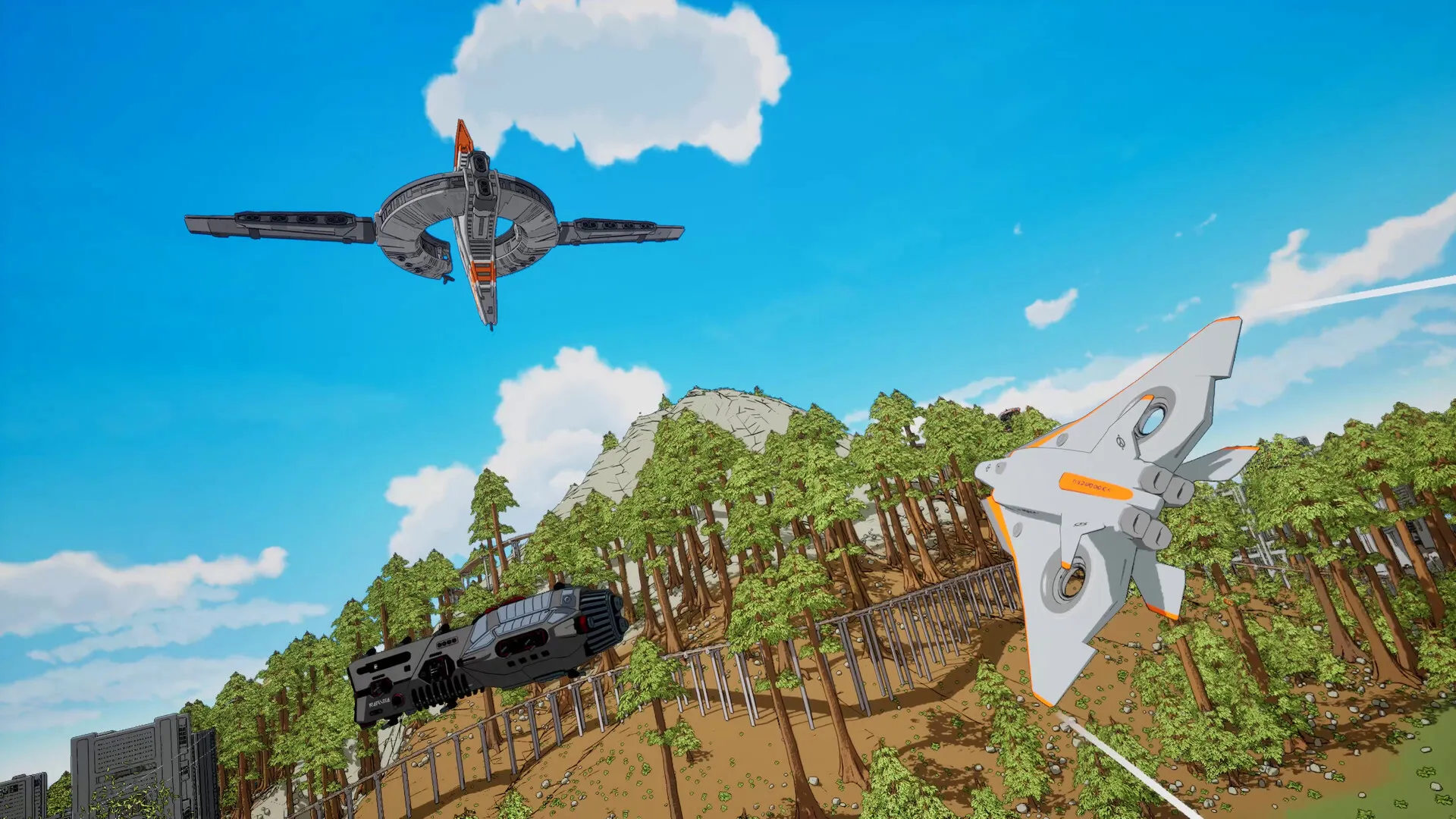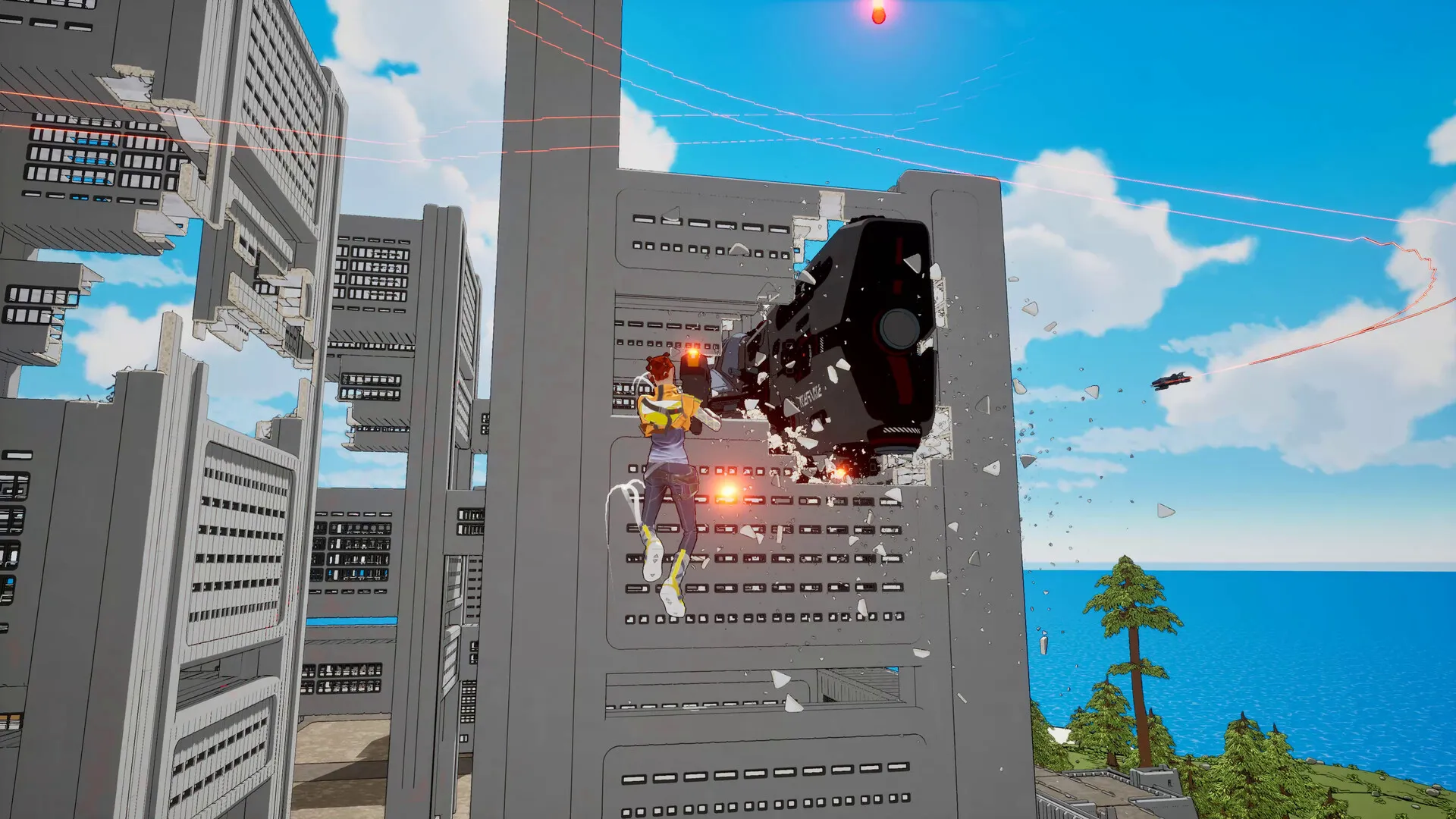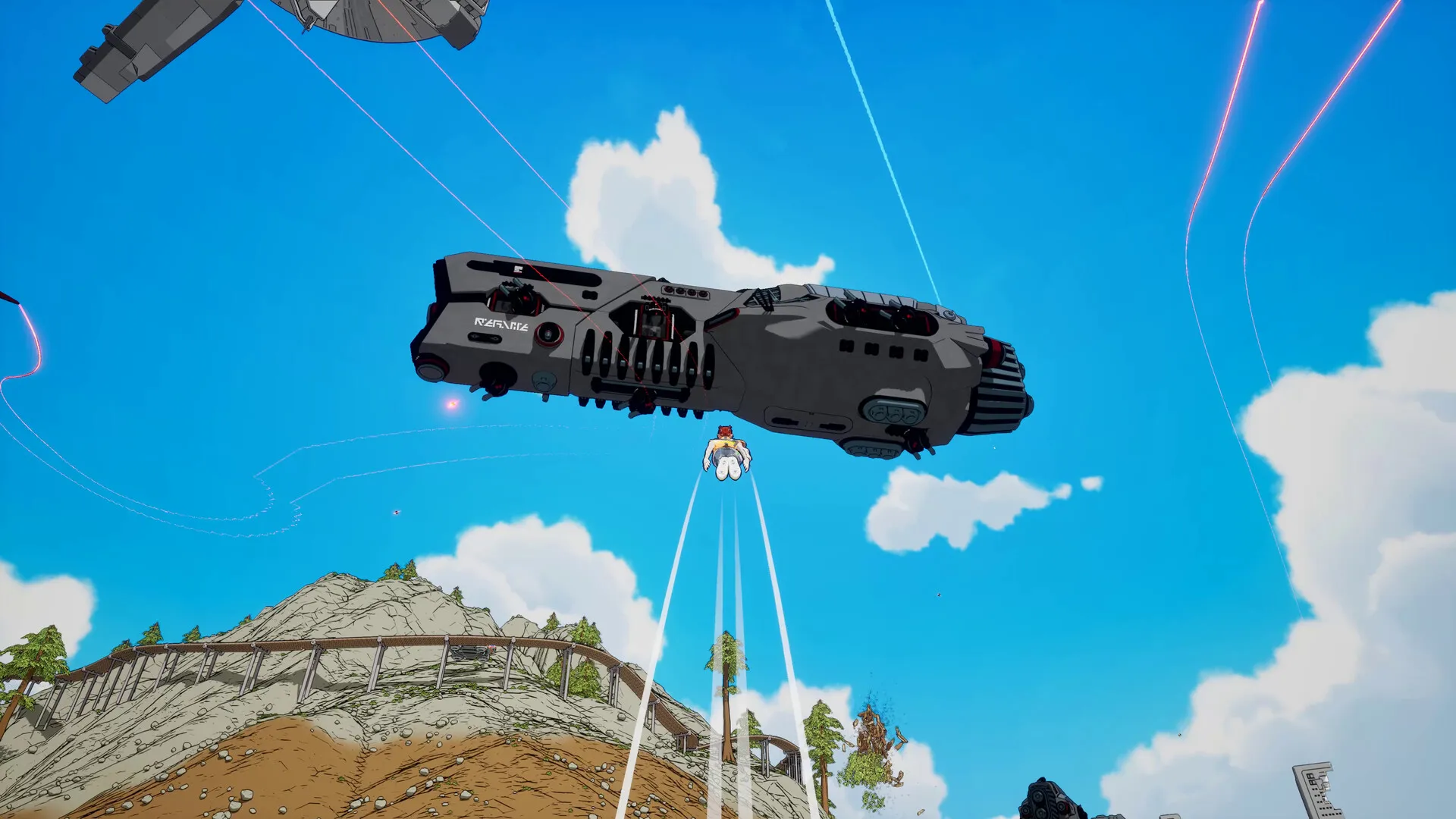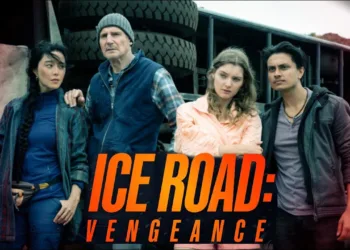POLARIS drops players into a world where rebellion and resistance offer the sole hope for a planet oppressed by an authoritarian power. This sci-fi cooperative extraction shooter presents players as Skylancers—skilled warriors fighting against overwhelming control through intense battles.
The game distinguishes itself through dynamic environmental interactions where every battlefield becomes a zone of tactical destruction. Players can strategically demolish structures, create new pathways, and transform the landscape during combat.
The game explores resistance themes through an action-oriented gameplay experience. Mission objectives involve targeting critical enemy locations and executing strategic extractions from dangerous territories.
While the environmental destruction mechanic introduces strategic unpredictability, the narrative remains minimal. The game prioritizes high-energy combat and player agency over detailed storytelling, delivering a streamlined experience focused on moment-to-moment action and tactical gameplay.
The Mechanics of Chaos: Fast-Paced Combat and Environmental Destruction in POLARIS
POLARIS delivers a high-energy experience blending intense combat with a fully destructible environment. From the initial landing, players must adapt to a frenetic gameplay style demanding quick reflexes and strategic choices.
Combat erupts as a whirlwind of gunfire, aerial movements, and high-speed flight. Battlefield verticality creates dynamic encounters—rocket boots enable soaring above enemy attacks or engaging in aerial ship battles. Movement flows smoothly, creating momentum similar to mobility-focused shooters like Warframe or Destiny.
The initial excitement comes from zooming through aerial spaces, dodging attacks, and eliminating targets. Performance gradually becomes predictable as weapon options and mechanics remain limited.
Environmental destruction emerges as POLARIS’ strongest element. Nearly every structure, wall, and vehicle can be demolished, creating unique tactical opportunities. Players strategically breach walls for escape routes, disrupt enemy positions by collapsing defenses, or create hidden ambush points.
The world feels responsive and interactive. Such mechanics encourage creative problem-solving during combat. Occasional challenges arise when destruction obscures navigation or creates visual confusion.
Cooperative play amplifies the game’s chaotic energy. Designed for four-player teams, missions demand tight coordination. Players share resources, protect teammates, and plan synchronized attacks against the Regime’s strongholds.
Successful missions require skillful teamwork and synchronized movement. Despite engaging cooperative moments, mission variety remains sparse, potentially limiting long-term player engagement.
Bright Lights, Dull Worlds: The Visuals of POLARIS
POLARIS presents a striking visual approach with its high-contrast, bright color palette—an unexpected choice for a sci-fi shooter. The vibrant color scheme creates a surreal atmosphere, diverging from the typical dark and gritty aesthetic of similar games.
Bright skies and glowing cityscapes suggest a world both futuristic and chaotic. Closer examination reveals visual challenges: the intense contrast sometimes obscures critical details, rendering large environment sections flat and lacking depth.
The aesthetic occasionally undermines the game’s intended atmosphere, transforming what should feel like a rich, complex world into something artificial.
Enemy and world design present significant weaknesses. The opposing forces appear as generic black ships without distinctive character or narrative significance. Despite the game’s core theme of resistance against oppression, enemy variations remain minimal, reducing combat engagement.
Repetitive enemy types drain excitement from confrontations. Environmental backdrops—such as floating islands and desert canyons—offer glimpses of visual potential but remain static.
These spaces lack dynamic interactions that might breathe life into the gameplay experience. While the visual foundation shows promise, the execution fails to create meaningful player connection with the game world.
The Grind of POLARIS: Looting and Progression in a Destructive World
POLARIS attempts an intriguing loot system that ultimately disappoints players. Gathering items through scavenging loot pods or defeating enemies should drive action and strategy. Loot drop scarcity quickly becomes a source of frustration instead of motivation.
Players find minimal excitement in searching for weapon, armor, or skill upgrades. Killing enemies to earn requisition points becomes the primary method of acquiring gear, creating a repetitive experience. The system fails to generate emotional engagement or meaningful progression.
Character development presents similar challenges. Available upgrades feel minimal and short-lived, providing limited utility without significant long-term impact. Players experience little sense of growth or excitement when acquiring new equipment.
The current design lacks the depth found in games like Destiny or Warframe, where character progression creates compelling gameplay loops. Mission variety remains limited, reducing player motivation to continue exploring the game world. Each gameplay session feels nearly identical, with no substantial evolution of player capabilities or experience.
Soundtrack That Thrills, But Fades: The Musical Pulse of POLARIS
POLARIS delivers an electrifying soundtrack that amplifies the game’s intense combat experience. Guitar riffs and thundering drum beats create a pulse-pounding atmosphere matching the high-speed gameplay.
Musical compositions inject energy into aerial battles and combat sequences. Each track heightens player excitement, transforming standard missions into visceral experiences. The sound design captures the raw intensity of player movements, creating an audio landscape that matches the visual chaos.
Musical themes initially spark player engagement, providing a powerful emotional backdrop to combat scenarios. Extended gameplay reveals limitations in the soundtrack’s depth. Repetitive musical patterns gradually diminish their initial impact.
The audio experience becomes predictable, mirroring the game’s mechanical gameplay loops. While energetic, the music struggles to maintain sustained player connection through extended play sessions.
Together We Fight: The Co-Op Strengths and Solo Struggles of POLARIS
POLARIS thrives in multiplayer environments, transforming cooperative gameplay into an electrifying experience. Team-oriented objectives demand strategic communication and coordination.
Players share ammunition, plan tactical approaches, and dismantle enemy strongholds through synchronized efforts. Vertical movement and high-speed combat create opportunities for creative team strategies. Shared mission challenges echo cooperative shooter experiences like Left 4 Dead or Ghost Recon, where individual player contributions determine collective success.
Solo gameplay reveals significant weaknesses in POLARIS’ design. Missions become punishing challenges without team support. Scaling difficulties create overwhelming enemy encounters that drain player motivation.
Objectives feel unbalanced and repetitive when attempted individually. The game’s core mechanics struggle to maintain engagement for solo players, exposing design limitations that prioritize multiplayer interactions. Without collaborative elements, the experience loses excitement and strategic depth.
The Hidden Frustration: POLARIS’ Technical Struggles
POLARIS struggles with significant technical problems that undermine its gameplay experience. Numerous bugs and glitches create substantial player frustration. Environmental clipping traps players in unexpected locations, while game-breaking issues immobilize characters or eject them outside playable areas.
Destructible environments—a core game mechanic—often become sources of irritation rather than excitement. Scenery pieces frequently block movement and visibility during critical combat moments.
Performance and user interface challenges further diminish the game’s appeal. The heads-up display feels cluttered, with persistent control indicators interrupting player focus. Teleportation visual effects become visually overwhelming, disrupting combat rhythm.
Persistent stuttering and frame rate drops interrupt the intended fast-paced gameplay. Technical limitations prevent POLARIS from delivering the smooth, high-energy experience players expect. Each technical issue chips away at the game’s potential, creating a disjointed and frustrating player experience.
The Review
POLARIS
POLARIS presents an exciting concept with its fast-paced combat, destructible environments, and co-op gameplay, but it falters in key areas such as progression, technical stability, and solo play. The lack of mission variety and the game's technical issues, including bugs and UI problems, detract from the overall experience. While it offers thrilling moments, the repetitive nature and unpolished state make it hard to fully recommend. With improvements, POLARIS could become a standout, but as it stands, it feels unfinished.
PROS
- Fast-paced, fluid combat with exciting mobility options.
- Fully destructible environments add tactical depth and chaos.
CONS
- Repetitive gameplay with limited mission variety.
- Significant technical issues, including bugs and UI clutter.
- Lack of progression and a shallow loot system.
































